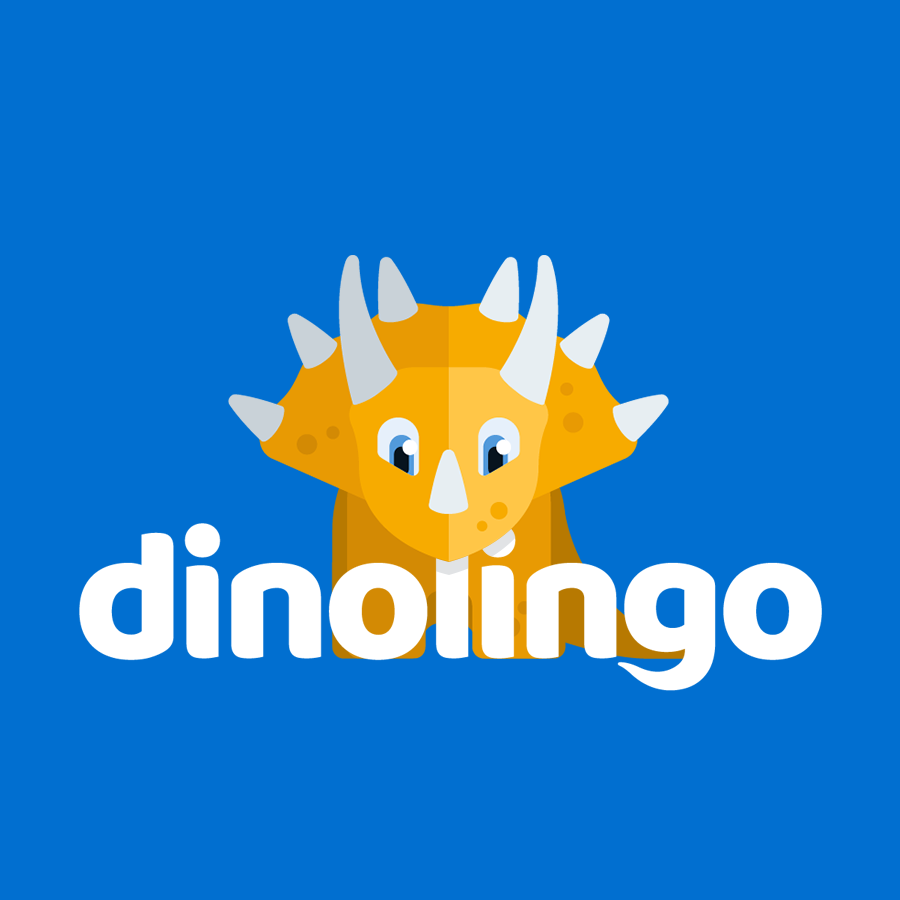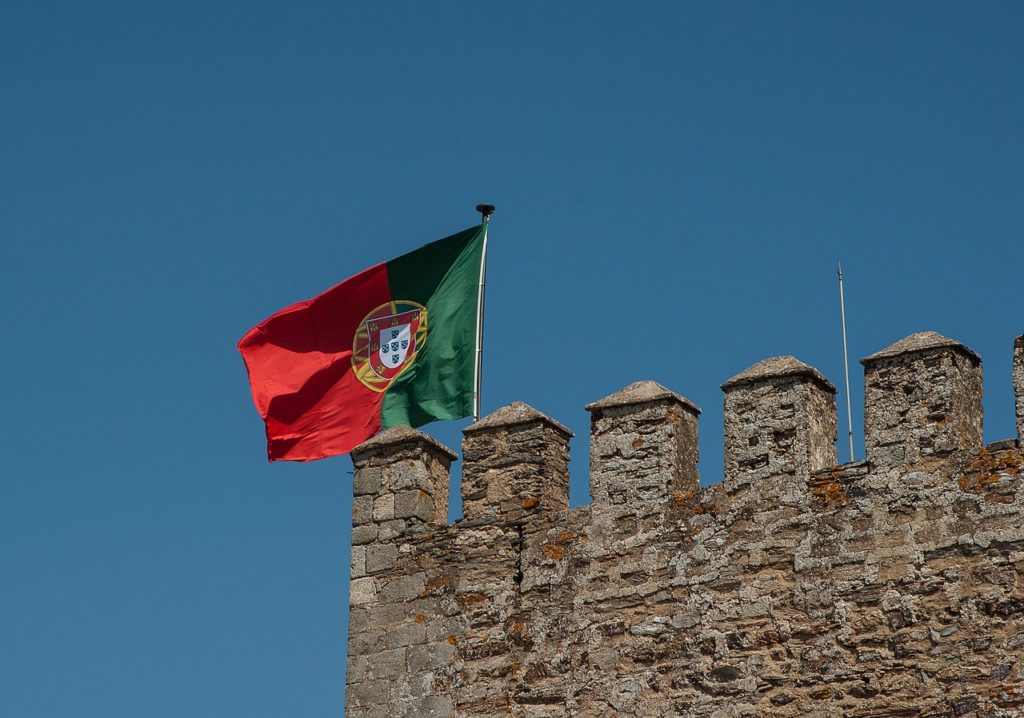The Portuguese alphabet nowadays doesn’t look very different from the English alphabet anymore. It has 26 letters, but only 23 of them are used in Portuguese words. The other three, which are k, w and y, are there since 1990 so that foreign words can be spelled in their original way. Some of these foreign words (called borrowed words) are for example, kilobyte and wallaby. On their own, they are read as kappa, duplo v (double v) or dáblio and I grego (epsilon).
These are the Portuguese capital letters (or majuscule forms):
A B C D E F G H I J K L M N O P Q R S T U V W X Y Z
And these are the small letters (or miniscule forms):
a b c d e f g h i j k l m n o p q r s t u v w x y z
This is what they sound like in Portuguese:
a, be, ce, de, e, efe, ge, aga, i, jota, ele, eme, ene, o, pe, que, erre, esse, te, u, ve, dabliu, xis, i grego, ze
As you can see, the Portuguese alphabet has also only five vowels – a, e, i, o and u – so all the accents you notice in written Portuguese are very useful to add more sounds to spoken words. The accents can be acute (´), grave (`) or circumflex (^). They make vowels sound very different; acute opens the sound of the word even more, grave lets you know when a preposition was added to a word, and circumflex gives a vowel a bit of a nasal sound. Another unusual character is the ç, or cedilla, that is used to make a c sound more like an s without changing how the other letters in the word are said.
This may be looking a little complicated to remember, but know Portuguese children learn their abc’s just like you, with a song (just like the English one) to help them remember the order of all letters! All you have to do is change the way you say them.

Online Portuguese lessons for kids: dinolingo.com

